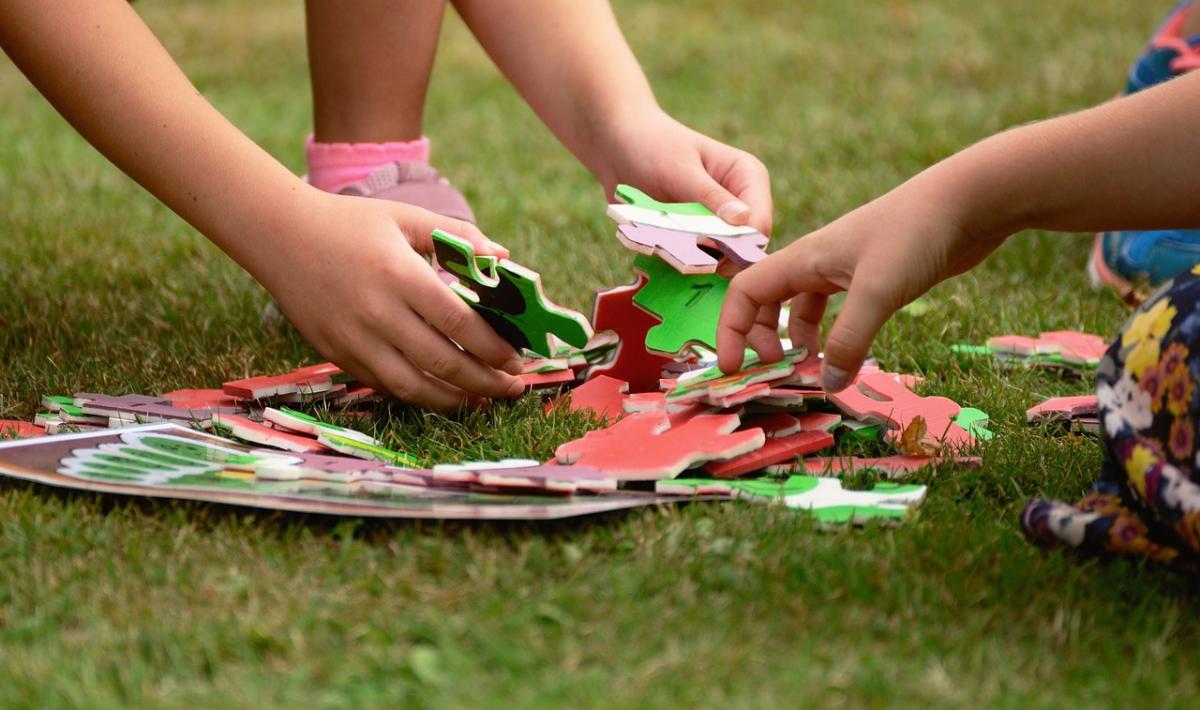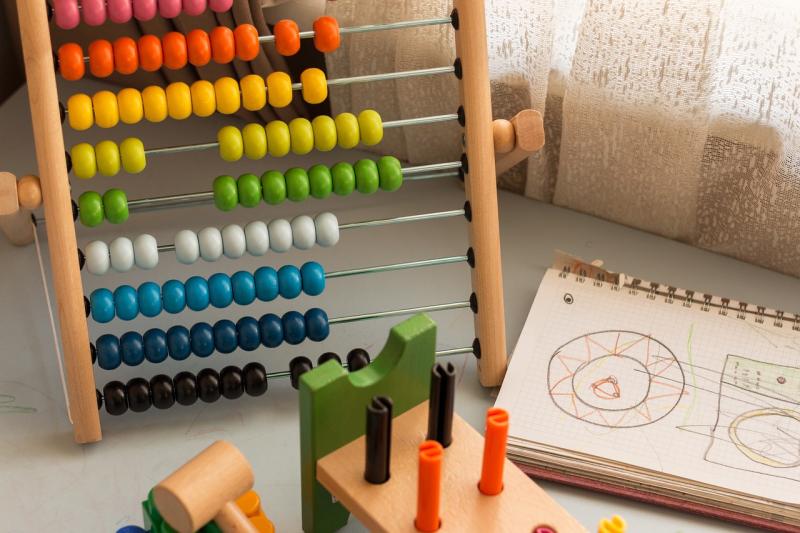When it comes to learning, toys can be more than just fun—they're also powerful tools for growth and development. Kids naturally engage with toys, allowing them to explore and discover in a way that feels effortless. Here are some enjoyable ways toys can boost learning:
1. Hands-On ExplorationToys encourage kids to touch, feel, and experiment. Building blocks, for example, help little ones grasp basic physics concepts as they figure out how to stack them without everything toppling over. This hands-on exploration nurtures curiosity and problem-solving skills.
2. Imaginative PlayThrough role-play with dolls, action figures, or playsets, children develop their imagination and storytelling skills. This imaginative play fosters creativity and helps them understand social situations by putting themselves in different roles.
3. Fine Motor SkillsToys that involve manipulation, like puzzles or arts and crafts kits, are fantastic for developing fine motor skills. These activities strengthen hand-eye coordination and improve dexterity, which are key for writing, drawing, and many daily tasks.
4. Social SkillsWhen kids play together, they learn to share, take turns, and communicate effectively. Board games and group toys like building sets invite collaboration, teaching them the importance of teamwork and how to navigate friendships.
With so many options out there, choosing the right toys can help make learning a delightful experience. Each play session opens doors to new skills, ensuring that kids not only have fun but also grow smarter along the way!
How Play Sparks Imagination and Creativity
Play isn’t just about having fun; it’s a powerful way to boost imagination and creativity in kids. When children engage in play, they explore new ideas, experiment with different roles, and let their minds wander. This kind of exploration sets the stage for creative thinking and problem-solving skills that they'll use throughout their lives.
Toys that encourage open-ended play are especially great at sparking creativity. Think of building blocks, arts and crafts kits, or playsets that let kids act out stories. These toys don’t have a single use, which means kids can use their imagination to create whatever they want. When they take those blocks and build a castle or use crayons to draw their dream world, they learn to think outside the box.
Moreover, when kids play pretend, they step into different roles, from superheroes to chefs. This role-playing helps them understand different perspectives and express their feelings. It’s amazing how a simple toy can help them navigate complex ideas about emotion, social interactions, and even real-world situations in a safe environment.
So next time you see your child lost in play, remember that they’re not just having fun; they’re also honing skills that will help them throughout life. Choosing the right toys can make all the difference in unlocking their full creative potential!
Choosing the Right Toy for Learning
When it comes to choosing toys that help with learning, it can feel a bit overwhelming. There are so many options out there! The key is to focus on what interests your child and what skills you’d like them to build. Here are some tips to help you find the right match.
Consider Age Appropriateness: Always check the age recommendations on the toy package. Toys that are too advanced can frustrate a child, while those that are too simple might not hold their attention. Look for toys that challenge them without causing too much stress.
Focus on Skill Development: Think about the skills you want your child to develop. Are you looking for toys that promote fine motor skills, problem-solving, or creativity? For example, building blocks are great for spatial awareness and coordination, while puzzles enhance critical thinking.
Check for Open-Ended Play: Toys that allow for open-ended play encourage creativity and imagination. Building sets, art supplies, and role-play outfits let kids explore various scenarios and make their own fun. The more they can invent and create, the more they learn!
Look for Interactive Elements: Toys that engage a child’s senses can make learning even more exciting. Look for options that include sounds, textures, or lights. These interactive elements can keep your child engaged and help reinforce their learning through exploration.
Benefits of Playful Learning at Home
Playful learning at home is not just about keeping kids entertained—it's a powerful way to support their growth and development. When children get to learn through play, they're more engaged and curious. This results in a deeper understanding of concepts without even realizing they're "learning." Think of it as mixing fun with education!
One of the big benefits of playful learning is that it helps develop critical thinking skills. Toys that encourage problem-solving, like puzzles and building blocks, challenge kids to think outside the box. They learn how to approach obstacles and find solutions on their own, boosting their confidence along the way.
Another perk is the boost in creativity. Engaging with imaginative toys allows children to explore different scenarios and roles. Whether they’re pretending to be a doctor, a space explorer, or a chef, they’re using their imagination to create and think creatively. This not only fuels their playful spirit but is also essential for cognitive development.
Let’s not forget the social skills that come from playful learning. Games and collaborative toys encourage teamwork and communication. When children play together, they learn how to take turns, share, and express themselves. These interactions are key to building strong relationships with peers as they grow.
Lastly, playful learning is a fantastic way to support emotional growth. Through play, kids can express their feelings, understand their emotions, and even practice empathy as they navigate different scenarios. It’s a safe space for them to explore their feelings in a fun, low-pressure environment.



